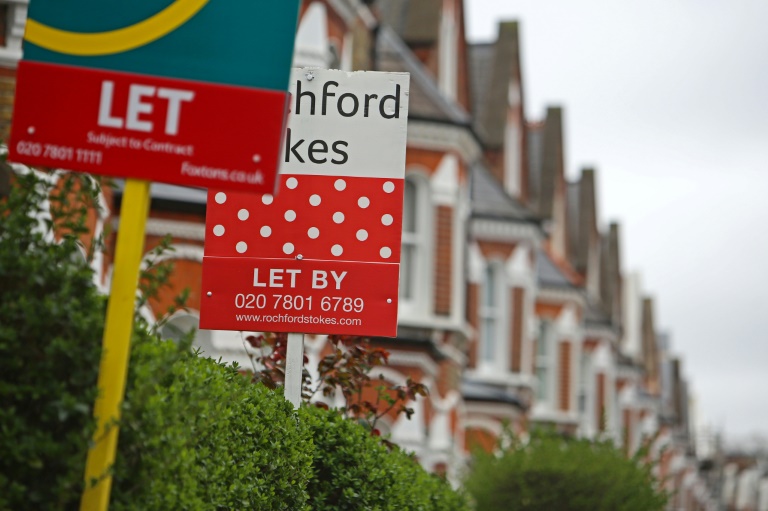Renting and home ownership: Headlines from the US’s widening intergenerational divide

Rental prices for a single room in London reached a record high in the first quarter of this year – Copyright AFP/File Susannah Ireland
The landscape of the real estate market has shifted through 2023, and many of the changes can be captured through different thematic changes. Considering the U.S. perspective, RentCafe have tracked the main changes through a series of reports. The market across the previous year was highly competitive. In 2023, nine renters competed for each vacant apartment amid very limited options, as 94 percent of rentals were already occupied. At the same time, the supply of apartments saw a solid growth, increasing by almost 1.89 percent. Notably, Miami was the ‘hottest rental market’ of the year.
The headlines from these have been captured by Digital Journal, to draw out the fundamental shifts taking place in the property sector.
Millennials Make Historic Switch to Homeownership
The largest generation in the U.S. has transitioned from renter-majority to owner-majority. This milestone was achieved after the number of Millennial homeowners increased by 7 million in the last years. By contrast, Gen Z-ers maintain a 74 percent renter share, demonstrating a clear inter-generational divide.
Millionaire Renters Tripled Since 2015
The number of renter households with incomes of more than $1 million reached a record high of 3,381, with Millennials taking the largest share (28 percent). The typical millionaire renter is apparently 41 years old and works in management or finance.
Apartment Construction
Last year, 460,860 new apartments were completed, with the New York metro area emerging as the top builder. Looking ahead, another 1 million new rentals are set to be completed through 2025. Headwinds are expected though, with the number of new apartments projected to drop by 15 percent year-over-year in 2025.
Best Cities for Renters
Examining 140 cities and ranking them based on 20 relevant metrics, including apartment quality; local economy; traffic; air quality and more, finds that Charleston, SC, leads the way, followed by many other Southern cities.
Turning Office Space Into Apartments
Mirroring the evolving dynamics of urban environments, the share of office spaces that will be converted into apartments has reached 37 percent of all future adaptive reuse projects, followed by hotels (23 percent) and factories (14 percent). Renters will have access to more than 122,000 converted apartments in the next several years.
Multigenerational Living
The U.S. nation’s younger generations are taking longer than their parents to leave the nest: 20 percent of Millennials and 68 percent of Gen Z-ers still live with their family members. In fact, our survey revealed that almost half of Millennials and Gen Z-ers expect to share their homes for at least two more years.
Solo Renters on The Rise
The number of solo renters has gained about 1 million people since 2016, reaching 16.7 million (up 6.7 percent), led by Baby Boomers and Millennials. That’s the fastest-rising renter group during those five years, having accelerated significantly during 2020.
Build-to-Rent Homes
The build-to-rent sector is booming, as developers are building new single-family rentals at a fast pace. A record 14,541 new homes for rent were opened recently, up 47 percent since 2021, amid a sky-high 97 percent occupancy rate that outpaces the occupancy in regular rentals. Plus, several metro areas hit 10-year highs in the year prior for build-to-rent developments.
How Much Does $1,700 Stretch in Apartment Size by Zip Code?
This newer report provides a granular look at how rental budgets translate into apartment size across various zip codes. Specifically, it is based on 50 city maps where renters can search and see where they can get the most space for their money across 1,600 zip codes.
Renting and home ownership: Headlines from the US’s widening intergenerational divide
#Renting #home #ownership #Headlines #USs #widening #intergenerational #divide





